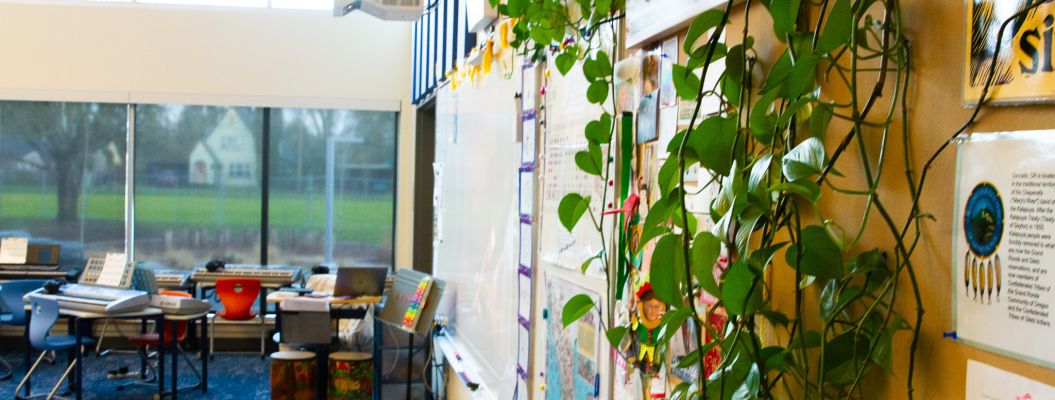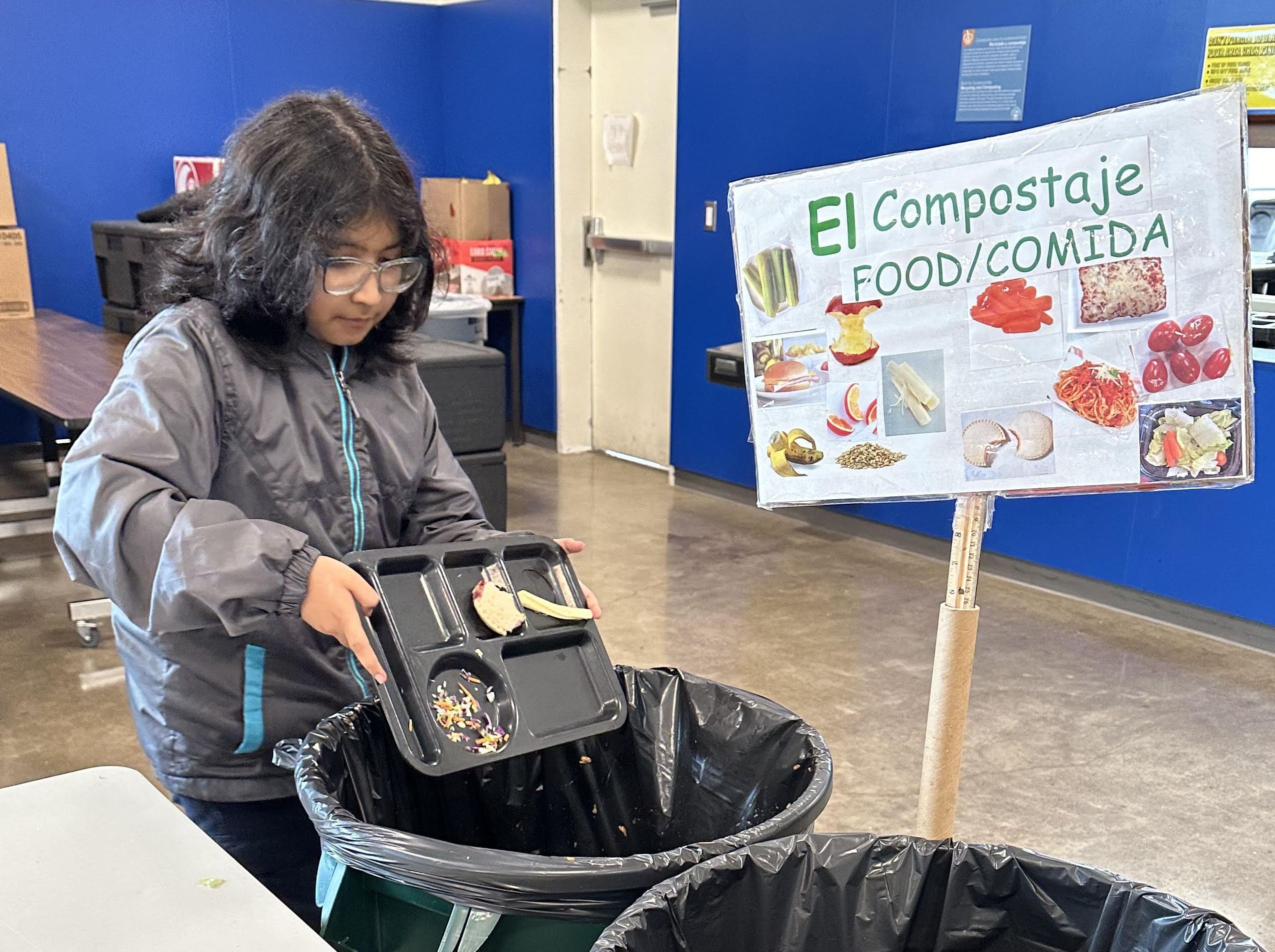Important News
Corvallis School District closed for summer break
Sustainability

Our Vision
The Corvallis School District will meet the educational, environmental, social, and economic needs of its students and community without compromising the ability of future generations to meet their own needs through balancing the mutually interdependent areas of education, environment, society, and economy.
Sustainability Management Plan
The Corvallis School District school board approved the updated Sustainability Management Plan at their January 11, 2024 board meeting. This is a revision of the Sustainability Management Plan originally adopted by the School Board in 2019.
The revision reflects the accomplished work and sets attainable goals for the next two years. The updated plans and executive summaries are posted below in English and Spanish.

A Sustainability Steering Committee was formed in 2009 to investigate how the district can become more sustainable in its operations, how to incorporate sustainability in each classroom and to provide leadership in fulfilling the district’s sustainability goals. Recommendations from this committee informed our operational practices, and in 2016, the school board revisited the topic of sustainability and initiated a new committee.
In 2017-18, a sustainability task force was convened to determine how best to implement sustainability systematically throughout the district. Recommendations included setting up systems to support and expand on-going sustainability practices, changing the culture of the district to incorporate sustainability into all aspects of district work and to ensure that sustainability values guide future decisions, and engaging with programs that provide recognition and support for sustainability work in school districts.
The Corvallis School District Board, staff and students have been working diligently for several years to increase sustainability in our schools and buildings. With the support of our community, we strive to integrate sustainability into our built environment, our practices, and the internalized core values of our students and families.
Learn more about our efforts and get involved by contacting us and exploring the links below.
Our district is committed to both practicing and teaching the concept of sustainability to assure that current and future generations of students will enjoy a healthy environment. Our commitment to authentic, real-world learning guides the development of learning opportunities that will help our students understand the issues that affect the quality of our environment now and into the future.